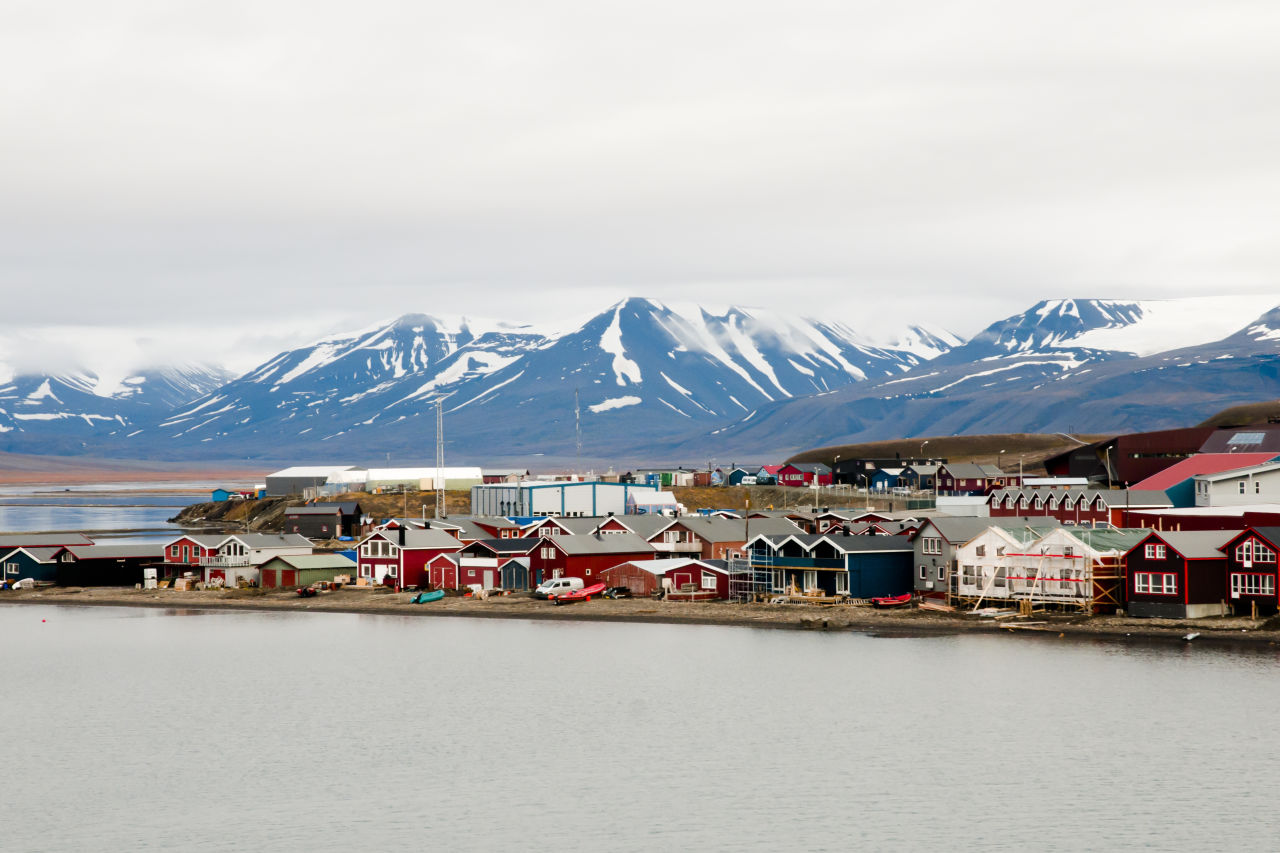The archipelago has a rich history; it is believed to have been first discovered by the Vikings around 1200. Documented exploration began in 1596 by Dutch adventurers seeking the Northeast Passage to China. For centuries, the islands attracted hunters and explorers from various European countries.
The 20th century saw the emergence of coal mining as a major industry, initiated by American entrepreneur John Munro Longyear in 1906. Today, tourism and scientific research in the field of ecology and environmental protection are the basis of the local economy.
The situation of Svalbard remained unsettled until 1920 when a treaty concluded after World War I confirmed the territory's affiliation to Norway. Currently endorsed by 46 countries, the treaty also mandates that the islands must remain demilitarized and that Norway is responsible for protecting their natural environment. Interestingly, the treaty emphasizes equal treatment for both Norwegians and non-Norwegians.

